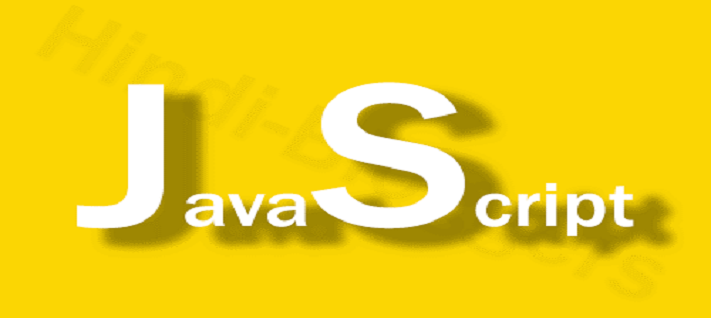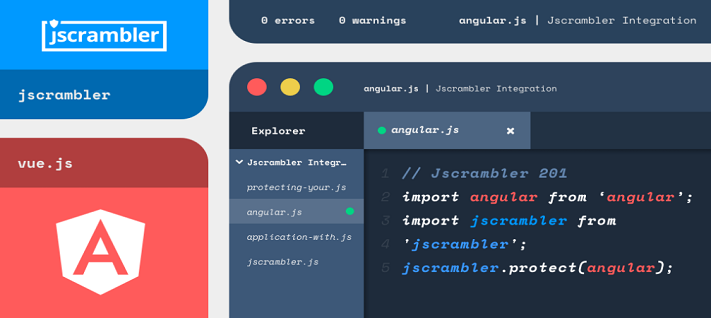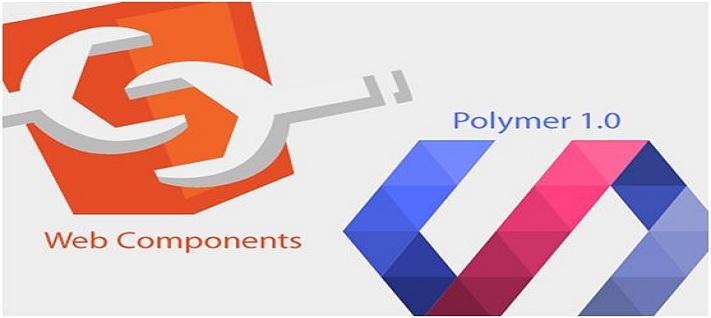Popularly known as the colloquial web language, JavaScript is used today by millions of developers to modify web functions as per a web design’s requirement. The language is functional, compulsive and supports a multitude of programming styles, which results in it being one of the most popular web development languages.
In 2018 itself, JavaScript was voted as the most popularly used web development language as per Stack Overflow’s study. Nevertheless, even though JavaScript offers a plethora of rich features and functions, it can be intimidating to understand which is the best JavaScript framework that will suit your web design purpose best.
(After all, there are plenty of frameworks that are in neck to neck competition with each other in the market.)
Even so, this blog has the answer to your predicament!
Today’s discussion involves listing the most useful JavaScript frameworks 2019 for your web development project.
However, before proceeding to that –
Recalling JavaScript in Brief:

In the vast web development universe, ‘JavaScript framework’ falls under a JavaScript library and usually work to design and determine the boundary of a website application. It was first developed in the ’90s by Netscape and nowadays it rivals websites using HTML and CSS.
The JavaScript framework work to deliver data to users when they manipulate a user interface to activate a reaction. Now, there are many reasons why JavaScript is popular among web developers but, the primary ones are its malleability and versatility.
Additionally, today it is not just segregated for client use, but rather JavaScript is used for various purposes. These are as follows:
- JavaScript is used in server-side applications.
- Used for modifying progressive web applications.
- Used for tweaking machine learning automation.
- It is also used for desktop and native mobile applications.
Moving on, now that you’ve brushed up on what is JavaScript, its time to choose the ideal JavaScript framework for your web development project. Fortunately, this blog is compiled of the best JavaScript frameworks 2019, which will alter the face of your website in a positive light.
Read on
- AngularJS

Designed and build for creating driving web applications, AngularJS is an open-source framework that intertwines the functionalities of CSS, JavaScript and HTML. This results in the creation of an all popular client-side technology that developers can tweak to get satisfactory results.
Here developers can use their base language like HTML and move on to HTML syntaxes as required by their respective web applications. Further, when a developer uses AngularJS he/she can inspect and analyze and several components of a web app, which makes app management considerably easy.
Now, even though it packs a whole lot of features, AngualrJS can be intimidating and difficult for small projects. However, for enterprise projects, AngularJS comes with loads of features and tools available to a large team. This helps reduce chances of teamwork error, as every member can scrutinize and oversee the workings of another.
AngularJS only has a few shortcomings and one of this is its use of TypeScript! This might be difficult for developers to comprehend if they do not have prior knowledge on interfaces, classes or types.
Key Benefits of AngularJS
- HTML templates.
- Error-free fast development.
- Can be designed in MVW and MVC architecture.
- Automated data synchronization.
For a more detailed insight on AngularJS click at divante
- React
One of the best JavaScript framework used for designing single page applications in React. It uses an assertive JS library that is today used by several developers to create interactive and functional UIs. Launched in 2013, it is rivaling AngularJS and growing popular owing to its special reusable user interface, which can render and update data automatically.
The main perk of using React is however, it’s the use of virtual DOM. This means React holds on to a local copy of HTML DOM; this allows it’s library to work on only the changed components. As a result, using react prevents the need for redundant operations thus, saving time.
What are the other reasons to use React? Well, it has a wide array of community attached to it, so developers can interact and find solutions to many problems. Furthermore, React is currently used by popular websites like Netflix, Facebook, Codeacademy, Microsoft, Asana, Airbnb etc.
For more information on React, go through this given link : coderseye
- Vue

Closely following React and AngulasJS, the next most popular JavaScript language is VueJS. This one is also an open-source JavaScript used for contouring UIs. Released in 2014, Vue rose to popularity owing to its farsighted nature that caters to every need of modern developers.
It has somewhat similar libraries like React and Angular and uses HTML based syntax for code writing. Vue is further interactive, fast and can power any progressive web applications along with optimizing components automatically.
This prevents the system from making excess changes and thus, designs are easier to develop in this particular framework.
On this note, here are some useful statistics on VueJS:
- 28.8% of JavaScript users are presently working with Vue
- In the State Of JS survey, Vue raked second after React
- More than 64K websites are powered and run by Vue.
Apart from these other benefits of using Vue is it offers a lightweight framework, which has an easy learning curve, is flexible and has fast configuration along with easy segregation capacity. The only con of Vue is that it doesn’t have a huge community of developers. However, if one knows all the configurations best then Vue is the ideal choice for bordering UIs.
- Ember
If your main purpose is formulating strong and assertive web applications then Ember the fourth most popular JavaScript language is a good choice. Now, Ember mainly works on the foundation of Model-view-view model and uses Glimmer engine to boost speed. It is primarily used for developing mobile, desktop and single-page web application; moreover, Ember mainly focuses on functionality rather than difficult coding.
- Reasons to use Ember:
Ember CLI: This is placed along with EmberStack and offers assistance to techs like CoffeeScript, Handlebars and Sass/Less.
- Comes with an inspector tool to fix bugs
- Convention over Configuration: Uses CoC to speed up app building and maintain functionality.
- Ember Templates: Uses ember templates which use handlebar language, which helps prevent the need for unnecessary code.
Now, the only issues faced with Ember are it is slightly complicated for beginners and has a smaller community compared to React, Angular and Vue. However, today Ember is used by popular brand names like Vine, Twitch, Apple Music etc.
For more descriptive data on Ember go through this link here – coderseye
- Mithril.js
A bite-sized client-based JavaScript framework which is best known for developing Single Page Applications is none other than Mithril.js! It comes with a super fast and unique routing and XHR utilities and promotes easy browsing without the need of polyfills.
Further, it comes with optimized virtual DOM, which cuts back on unnecessary updates; additionally, owing to its interrogatory API it solves the UI issues of web applications. The best part is however, every developer can understand XHR, routine or components within a few moments owing to the execution of its data structure access.
Further, owing to its small size, consistent API references, educative tutorials and more, any beginner can also understand this framework effectively. This is why Mithril.js is also considered to be one of the best JavaScript Framework for single-page apps.
On this note, Mithril.js is used presently by Fitbit, Nike, Vimeo, and other popular brands of the global industry.
- Polymer

Following closely behind React, Vue and AngularJS, Polymer is another popular JavaScript framework created by a few Google designers. This one is also open source and uses reusable web components to deign transfrontier web apps.
One reason to invest in Polymer is that it allows developers to create their specific component using CSS and HTML.
Further, all major web components ranging from Google play music, Google I/O, Google Earth, Allo, CocaCola, YouTube etc are designed using Polymer.
On this note, check out the Polymer statistics:
- 3.8% of JavaScript users are presently using Polymer.
- State of JS survey ranked Polymer as the 6th most popular JS framework.
- Currently, more than 4K online websites are using Polymer.
Noted Perks of Using Polymer
- Developers get to create their customized HTML segments.
- Polymer offers cross border compatibility.
- It is very fast while supporting both one and two-way data binding.
The only negative points of using Polymer is it doesn’t support side server performance and do not possess a wholesome community of people to aid out in case of issues.
However Polymer is used by big names in the global industry, so if you know you’re way around this server, chances are you can use it to redesign your web app efficiently. To know more about Polymer click at lambdatest
Adhering to this note here’s wrapping up the list of JavaScript frameworks 2019! So, depending on the type of project you have, pick the one that suits your web development needs best. Good luck.
Related Blogs:

